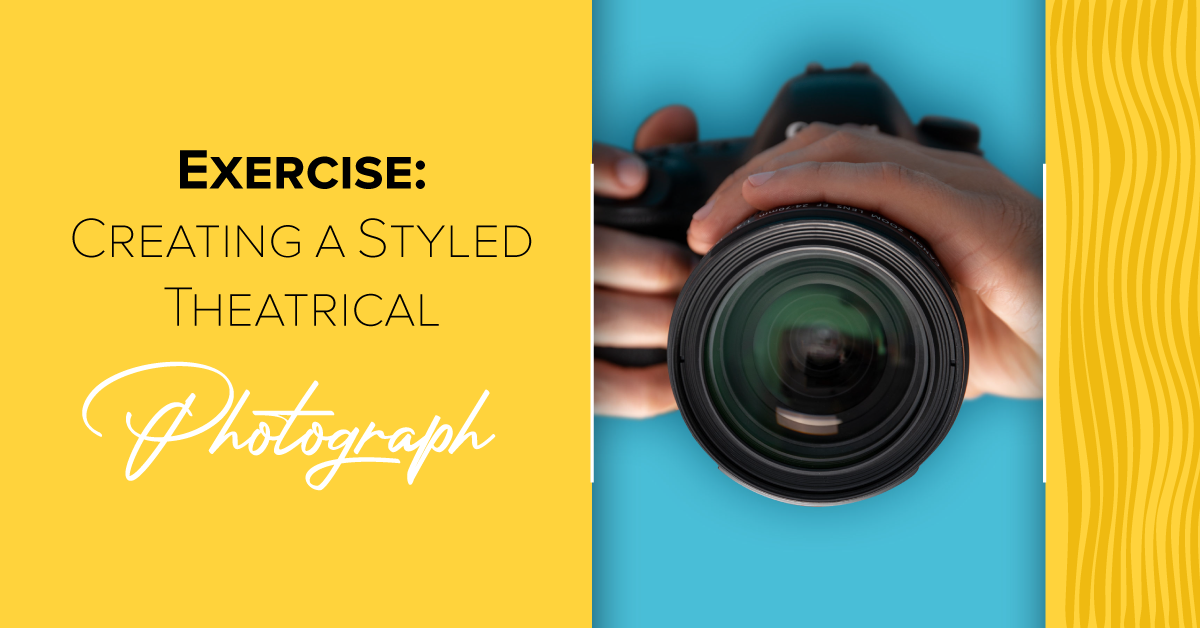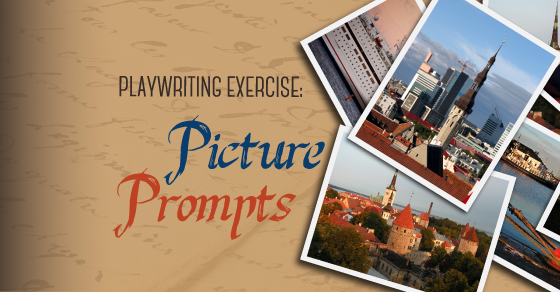Exercise: Creating a Styled Theatrical Photograph
This exercise combines fine art (photography) with drama class. Students will select physical items reminiscent of a play or musical, and arrange them to create a styled still life photograph. These photos can be used for inspiration and mood boards, marketing and advertising, or classroom décor.
Students will need a digital camera or smartphone to take photographs, and access to a variety of items (costumes, accessories, props, etc.) to use for the content of the photo. Students can use items from the classroom, items from home, or a combination of both. This exercise can be completed as an in-class project, or at home as a homework assignment or distance learning assignment.
Instructions
1. Choose a play or musical for a topic. Read the script and/or watch the show (live or recorded).
2. Select a minimum of five objects that evoke the mood of the show or are referred to in the show. For example:
- Romeo & Juliet: wedding ring, dagger, vial of poison, letter, masquerade mask
- Peter Pan: bow & arrow, bag of pixie dust, fairy statue, teddy bear, cutlass
- Rock of Ages: 1980s microphone, can of hairspray, cassette tape, Slurpee cup, t-shirt with "The Bourbon Room" logo
- The Phantom of the Opera: ballet slippers, rose, Phantom mask or masquerade mask, sheet music, chandelier
Avoid using items that include text with the title of the show on them.
3. Choose a background. The background of the photo should enhance the photograph. For example, a Phantom themed photograph might use red velvet fabric as a background to represent theatrical curtains, while a Rock of Ages themed photograph might use a scarred wall or a 1980s band poster.
4. Arrange the items in a visually pleasing way. Style the photo in a still life (three-dimensional) or flat lay (bird’s eye view) layout. Try different arrangements until you’re happy with the look.
5. When composing the photo, students will need to think about how the lighting and the positioning of the camera will affect the photograph. Should the photo be bright and light, or dark and moody? Should the camera be positioned up close or far away from the items? Any effects should be done “in-camera,” meaning avoiding cropping or adding filters after the fact.
6. Students will select their best photo and submit it. Decide if you want students to submit their photos electronically or print them.
7. Once all the photos are submitted, post them around the classroom or create a slideshow. See if students can guess the production from the photographs!



